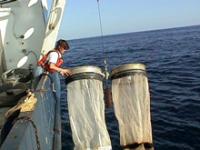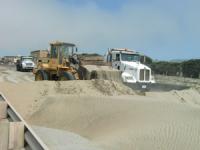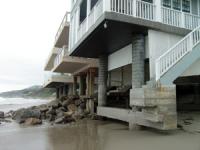
El Niño finally arrived in the San Francisco Bay Area this winter. The local hills turned green, and reservoirs and creeks were filled from the abundant rainfall. But the accompanying ocean storm surges off the Pacific Ocean pounded the coast, causing the erosion Read More








